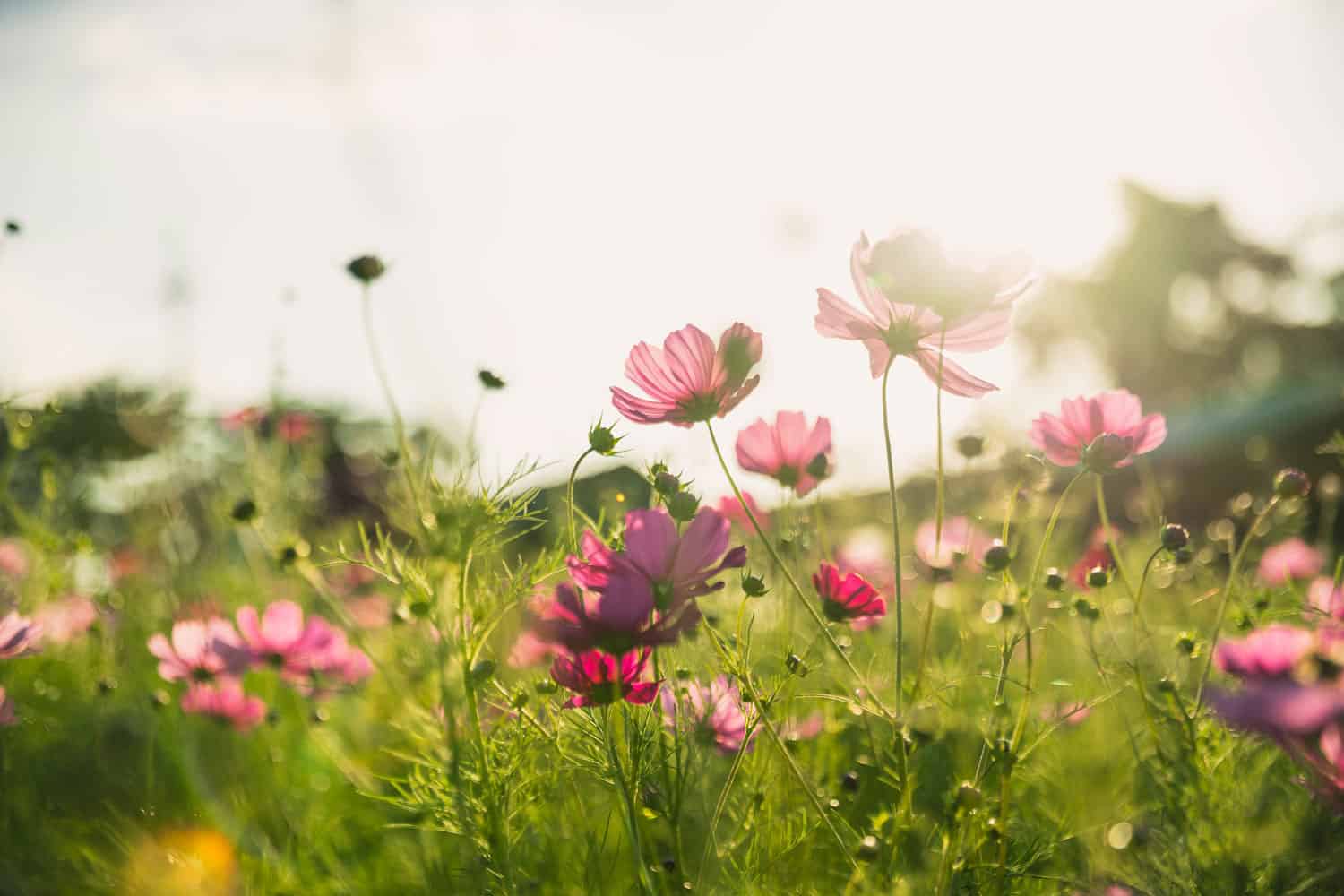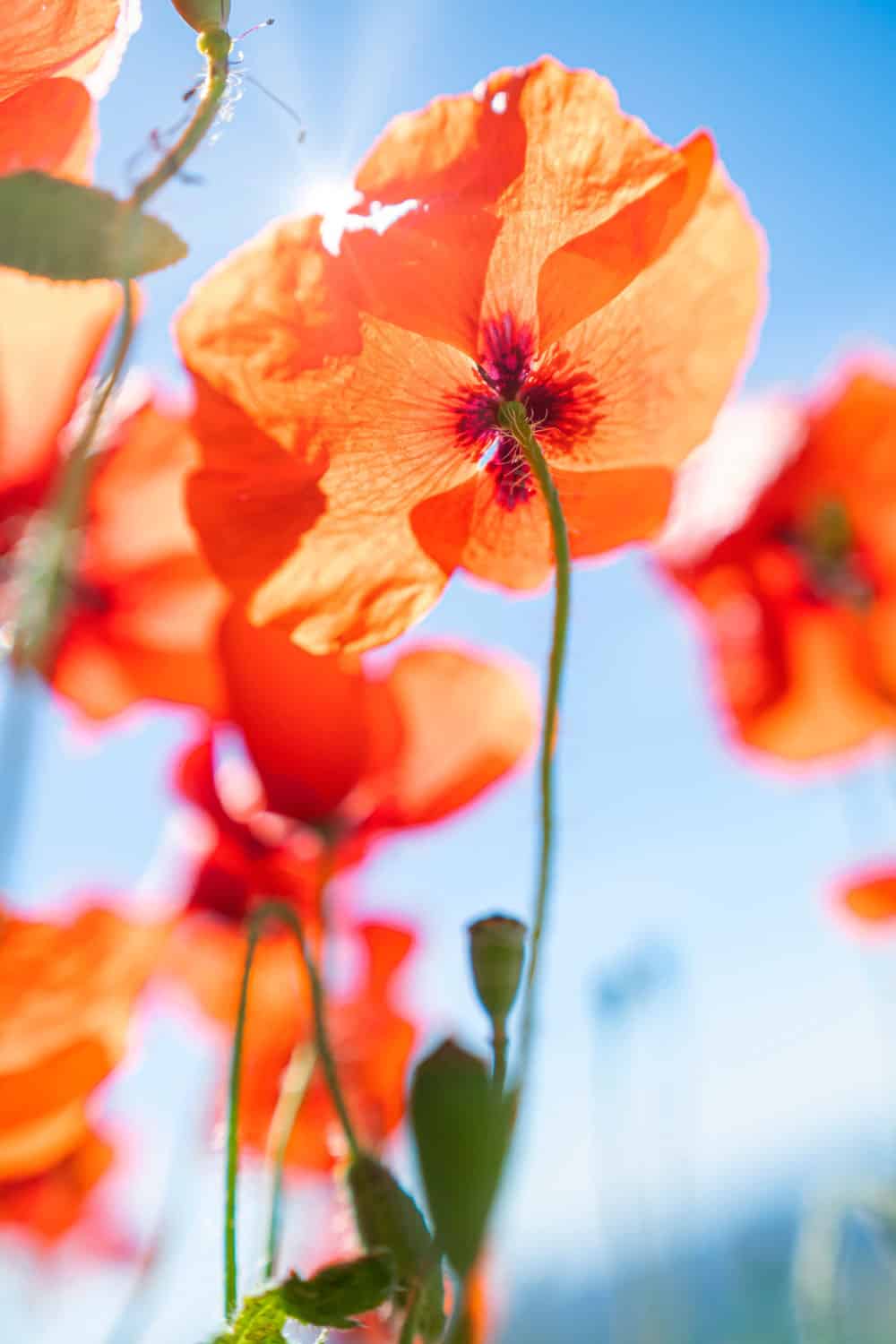There's something extraordinary about watching your garden bloom. It's not just about growing flowers; it's about the joy and pride that comes with it.

Whether it's roses or sunflowers you're after, the secret to vibrant blooms is easier than you might think. A bit of care and the right know-how can make all the difference.
Together, let's explore these simple steps to make your garden a place where every flower tells a story of success and beauty!
1. Getting to Know What Your Plants Crave
Each flower type requires specific conditions to grow optimally. But don't worry, it's not as complicated as it sounds. Here's a quick rundown:
Sunlight
Different plants need varying amounts of sunlight. Full-sun plants need continuous sunlight, partial sun/shade plants need a balance of sun and shade, and full-shade plants grow best in minimal sunlight.
It's all about finding that sweet spot!
Soil
Your plants are pretty straightforward about their soil needs. A balanced, well-draining soil with a neutral pH is usually a good bet. Remember, happy soil means happy plants!
Water
It's all about balance here. Keep the soil moist but not waterlogged. Watering at the base of the plant is usually best.
Nutrition
A balanced fertilizer can work wonders, but don’t overdo it. Sometimes, less is more.
2. Selecting the Right Varieties
When looking for flowers that'll pop in your garden, choosing the right flower varieties is essential for a vibrant garden—each one brings something unique to the field. Let's break it down:
Know Your Zone
Plants thrive in their favorite climates. Select flowers that are suited to your local climate for the best results. You can check the USDA Hardiness Zone for flowers that'll flourish in your specific garden.
Size Matters
Picture your garden in full bloom. Do you want some drama? Go for tall, statement-makers like sunflowers. Tight on space? Petite charmers like marigolds keep things cozy yet captivating.
Colors and Combinations
Choose colors that complement each other for a garden that's got harmony. Bright marigolds can create a warm vibe, while cool-hued hostas dial it down.
3. Planting for Success
Getting your flowers to bloom brighter and bigger isn't just about where you plant them but also when and how you plant them. Let's dig into some specifics that will set you up for a garden that will surely be the neighborhood's envy.
Sowing Time Frame
You must plant your flowers at the right time to ensure they get the best start. Most flowers have a preferred sowing period, often listed on the seed packet or plant label.
For example, if you want to see daffodils in spring, you should plant their bulbs in the fall. Here's a quick guide:
- Spring Bloomers: Plant in fall (e.g., tulips, daffodils)
- Summer Bloomers: Plant in spring (e.g., sunflowers, zinnias)
Companion Planting Benefits
Consider the ecosystem of your garden when planting flowers. Place compatible plants together for natural benefits like pest control, pollination, and even better growth.
Just make sure these companions favor similar conditions to avoid competition for resources. Some partnerships that work well are:
- Roses and Garlic: Garlic deters pests from roses.
- Tomatoes and Marigolds: Marigolds can protect tomatoes from nematodes.
4. Pruning
To get those bigger and brighter flowers you're aiming for, you'll need to prune and understand the essentials of plant care. Remember, your garden's success is rooted in these details.
Here’s how to get it right:
- Timing: Prune after blooming for flowering plants in order to avoid snipping off future blooms.
- Method: Make clean cuts above a leaf node or bud, encouraging new growth.
- Tools: Use clean, sharp pruning shears for small branches and hand pruners or loppers for the bigger stuff.
5. Preventing Disease and Pests
Focusing on disease prevention is crucial to maintain plant health and vibrancy.
Start by sanitizing your gardening tools between each cut, particularly when handling infected plants, to prevent the spread of disease.
Good airflow is also essential; trim your plants regularly to ensure proper air circulation and avoid overcrowding, which can lead to moisture retention and disease.
Keep an eye out for early signs of trouble, such as discolored stems or leaves, and act quickly with pruning to prevent the spread of disease.
Pests can harm plants and spread diseases. To manage them effectively, familiarize yourself with the common problems in your area and monitor your plants for early signs of infestation.
Employ physical barriers like nets or collars around plant stems to protect against pests.
Additionally, attracting natural predators to your garden, such as birds and beneficial insects, can effectively and naturally control pest populations.
6. Boosting Growth
To get your flowers looking their best, you'll need to feed them well and create an environment where they can thrive.
Let's dig into natural ways to enrich the soil, growth enhancers that give your plants an edge, and the benefits of mulching.
Natural Fertilizers
Composting provides essential nutrients to your garden's soil. Turn kitchen leftovers into a rich soil amendment by starting a compost pile.
- Coffee Grounds are not just for your morning brew; sprinkle them in the soil for a nitrogen boost.
- Eggshells – Wash, crush, and mix them in for calcium.
- Banana Peels – Chop them up for potassium.
Don't miss our insightful guide on '3 Common Mistakes When Using Coffee Grounds In Your Garden [And How To Avoid Them!]' – perfect for gardeners who want to make the most of this natural resource!
Mulching for Health
Laying down mulch around your plants does wonders. It keeps the soil moist, which means you can ease up on the watering.
Plus, it helps slow down those pesky weeds—less time weeding, more time admiring your flowers.
- Organic Mulches – Think shredded leaves or pine needles. They break down over time, adding to your soil's overall health.
- Inorganic Mulches – Gravel or river rock can glam up your garden while serving a practical purpose.
7. Displaying Your Blooms
Showing your flowers off to their best advantage can change a space's look and feel when they are big and bright.
Here are some tips to get your blooms noticed in a creative and supportive way while ensuring they're seen in the right light.
Creative Arrangement Ideas
Mix and match flowers of different heights and colors in monochromatic schemes for a sophisticated look. Keep that fresh-from-the-garden vibe casual with mixed wildflowers in a mason jar.
Consider the vase as part of the display—clear glass shows off stems for a touch of modern elegance, while colorful ceramics add a playful note.
Support Structures
- Stems of Different Lengths: Start with the longest stems in the middle and work with shorter ones for a full, balanced display.
- Mesh Toppers: Use a mesh grid atop your vase to hold stems in place; perfect for keeping those tall, showy flowers from tipping over.
Spotlighting Tips
Position your flowers in natural light to enhance their colors, but avoid direct sunlight, which might wilt them quickly.

Spotlights can be used after dark to mimic natural light and keep your flowers as the focal point in a room. Plus, try placing a mirror behind the arrangement to reflect light and create the illusion of a larger display.
Discover a vibrant array of blooms with our article: 11-Year-Round Flowering Plants For Zone 11 Gardens: A Colorful Parade Of Perennials.
